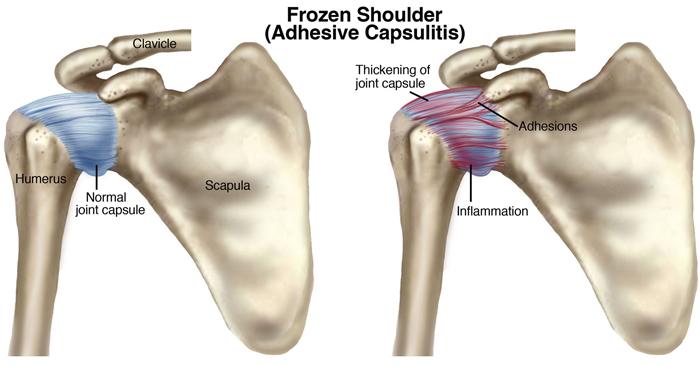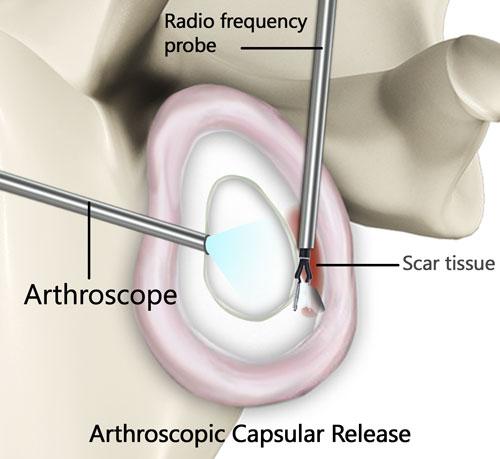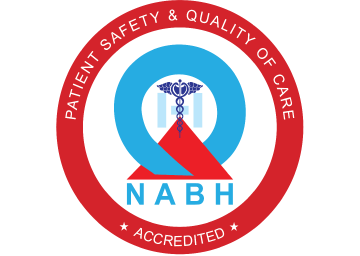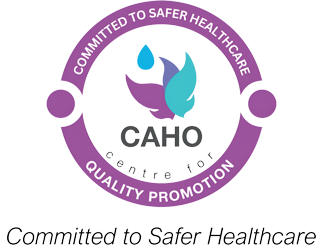About
Frozen shoulder or adhesive capsulitis is a condition common in diabetics and presents with pain and stiffness of the shoulder. This is mainly due to the thickening of the capsule of the shoulder joint due to fibroblastic reaction. Though in most instances there may not be an underlying cause, it can sometimes be secondary to fractures around the shoulder or rotator cuff pathology. This condition has a protracted course, self limiting and mostly improves gradually with physiotherapy exercises.
Figure 1: Shows the normal pliable joint capsule on the right shoulder(normal shoulder) while thickened capsule with adhesions & scarring on the left shoulder(Frozen shoulder)

Symptoms and investigations:
Patients complain of Pain mostly during the night and accentuates with lying on the same side, even on trivial movements. Pain can radiate to the arm and also to the neck and the upper back.
Plain radiograph of the shoulder to rule out glenohumeral arthritis and MRI to rule out rotator cuff pathology are the essential investigations before proceeding with the treatment. Baseline blood sugar levels are done if steroid injections are planned to alleviate pain.
Treatment
- Physiotherapy exercises for mobilization of the stiff shoulder is the first line treatment for the frozen shoulder. Majority of these patients benefit with physiotherapy and may not require any additional procedures.
- In Patients where symptoms persist despite physiotherapy exercises, ultrasound guided steroid injections are advised as a second line treatment.
- Further, persistent pain and stiffness that are not amenable to physiotherapy & steroids, Arthroscopic capsular release surgery is generally advised to improve the shoulder function. This is a keyhole/arthroscopic procedure whereby multiple key holes are placed on the shoulder, through which the inflamed and stiff capsule of the shoulder joint are released.

Figure2: Showing Arthroscopic (Key hole) Capsular release for frozen shoulder
- Patients undergoing arthroscopic release would require an admission for 3 days. Patient will be discharged the following day after surgery with a sling. they are advised to follow rehabilitation program at least for 3 months with regular follow-ups in between.




